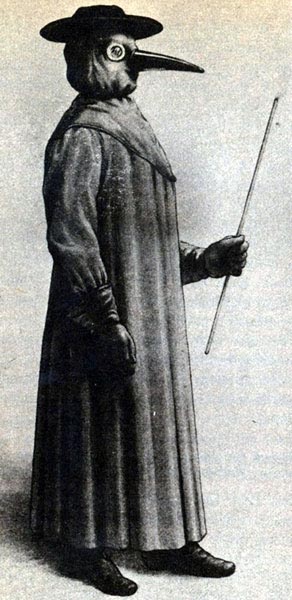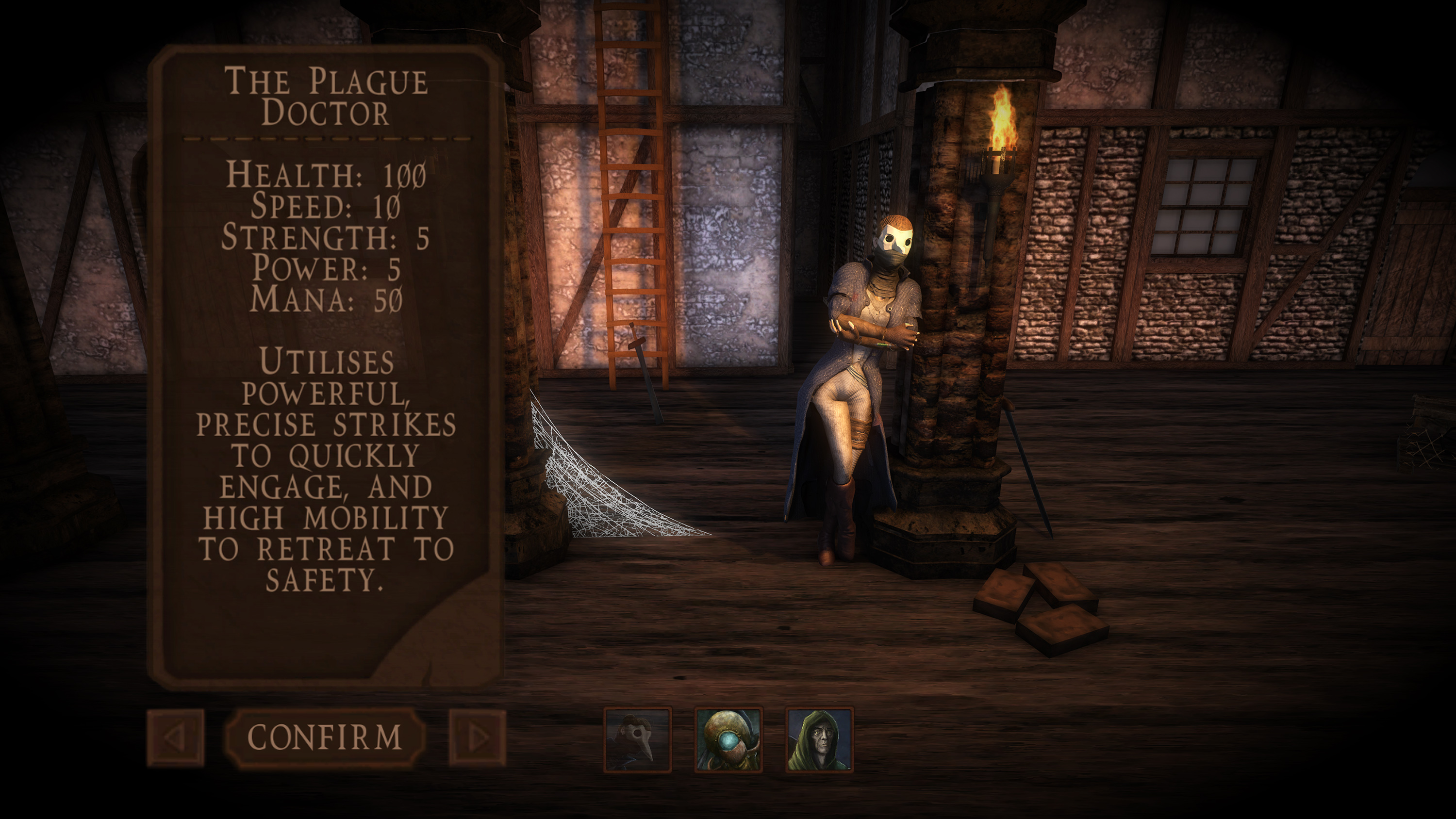

He was an open-minded and intelligent man and while in Paris published a series of papers on some of the most important topics of the day. Plague mask creator Charles de Lorme was born in 1584 and graduated from the University of Montpellier in 1607 before coming to Paris to practice medicine under his father. Other Great Reads: The man behind the world’s most famous mask
THE PLAGUE DOCTOR STORY HOW TO
On a site called, viewers are instructed in how to make their own plague doctor mask with pieces of construction paper, the inner cardboard from a toilet paper roll, scissors, a stapler and masking tape. Much less expensive plague doctor masks-more for hanging on the wall as art than wearing on the face-can be found in the Etsy shop, MischiefInTheMaking. Searching for plague masks now on the internet will probably lead you to the Etsy shop of Tom and Jill Banwell, who among other things craft “steampunk plague doctor masks”, which sell for anywhere from $89 to $475. The nefarious looking mask of the plague doctor is an invention attributed to Charles de Lorme, a 17th century French medical doctor whose patient list included such royal personages as the Medici Family, the Duke of Orléans and three French kings: Henry the IV, Louis the XIII and Louis the XIV. Doctors also used plague canes to remove clothing from victims, to check a victim’s pulse and sometimes simply to keep infected people away. Doctors used the cane to point out specific regions on victim’s bodies that needed attention without having to touch them, which of course would put the doctors at risk of contracting plague themselves. The plague doctor outfit also included a wooden cane. Other Great Reads: The swift and easy guide to planning a funeral The leading disease theory of the day was the miasma theory, which said that diseases such as plague and cholera were caused by noxious air emanating from rotting organic matter. On the contrary, good smells, it was thought, were capable of keeping the evil ones at bay.

The intention of the mask was to keep away “evil” smells, which were thought to be the principal cause of plague. Herbs like mint or spices like camphor could also be put in the base of the beak. To protect themselves against the disease doctors wore ankle length overcoats, wide brim hats, boots, gloves and a mask with a long curved bird-like beak that was filled with sweet strong-smelling substances like dried roses and carnations, or lavender. Plague doctors tended to victims of the Bubonic Plague, the abominable disease spread by fleas on rodents that killed roughly half of Europe during the 14th century and erupted again across parts of Europe during the 17th century. One of the scariest costumes of all time seems to be staging a comeback: the plague doctor. Today people are selling recreations of the masks online. Doctors who treated people with bubonic plague wore special outfits, including masks with long bird-like beaks.


 0 kommentar(er)
0 kommentar(er)
